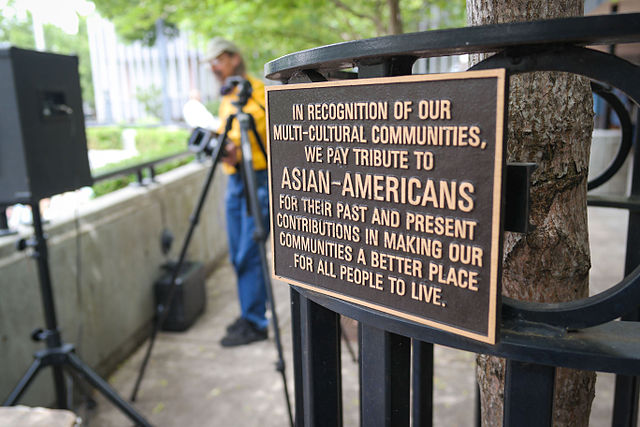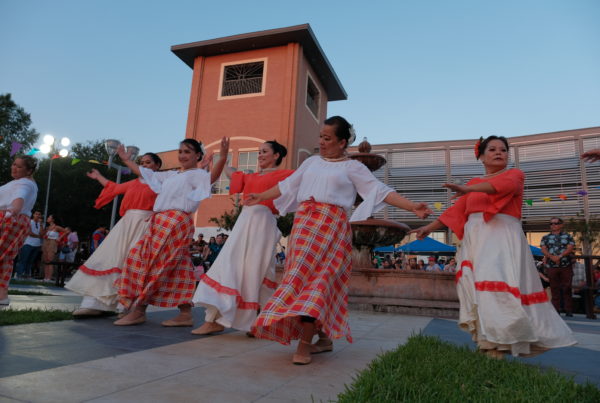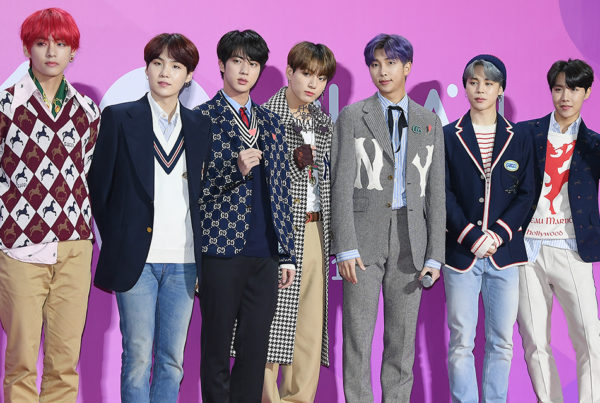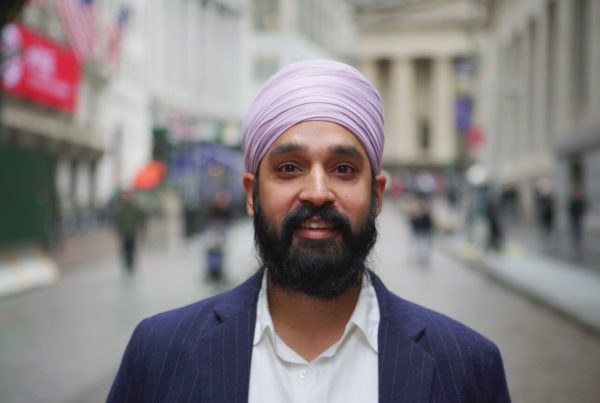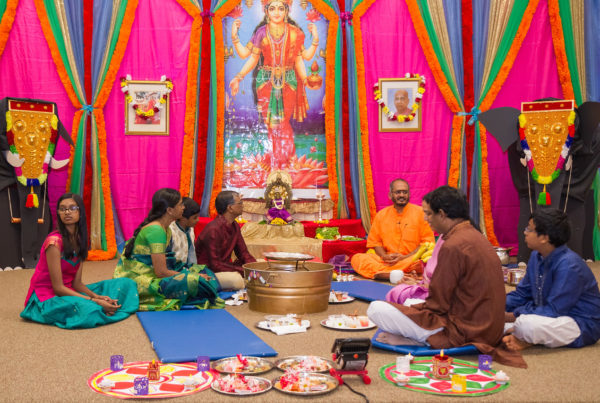The COVID-19 pandemic has deeply affected communities throughout the United States – bringing illness, job loss and even death. For Asian Americans, those issues are compounded by discrimination and the “model minority” stereotype.
In Texas, the Asian-American community is the third-largest in the nation. While that group has traditionally had some of the lowest unemployment rates in the country, that’s changed dramatically since the pandemic. What’s more, Asian Americans experience far greater discrimination since the coronavirus was first detected in China.
Among those who have kept their jobs, some have faced anti-Asian discrimination at work. Vivian Shaw, lead researcher for the Asian American Pacific Islander COVID-19 Project based at Harvard University, told Texas Standard that one man she interviewed experienced harassment and name-calling on his way to work in an intensive care unit.
Amy Zhang, a Ph.D. student in sociology at the University of Texas at Austin who also works on the AAPI COVID-19 Project, told Texas Standard that the discrimination is wide reaching. One organization, Stop AAPI Hate, received over 2,500 complaints of discrimination between March and August, she said.
“Since the first cases were detected in Wuhan, thousands of AAPIs have reported experiencing more scrutiny, racism, and in some cases even violence,” she said.
That discrimination is affecting businesses in Chinatowns and other “Asian ethnic enclaves,” Zhang said.
But because of the model-minority stereotype, Asian Americans are assumed to be “OK” during a pandemic that has ravaged many communities. One nurse Shaw interviewed, who works at a New York City Chinatown clinic, told her she has often treated patients during the pandemic who are Asian and living in the United States without authorization. That goes against the stereotype that Asian Americans are all of “high socioeconomic class,” she said. “There’s a wide diversity within that range” – as well as health risks that can come from poverty and limited access to health care.
The pandemic could also affect employment prospects for Asian Americans. Kara Takasaki, a Ph.D. student in sociology at UT-Austin who is also part of the AAPI COVID-19 Project, said many Asians “whitened” their names to be more desirable job candidates, even before the pandemic. “They got double the rate of callbacks,” she said. Now, with an economic crisis and fewer jobs available, the pressure for them to mask their cultural or ethnic identities while job hunting could grow.
And like in many communities, the death rate among Asian Americans is rising because of COVID-19. In Texas, that rate has grown by 35%, according to data Zhang cited from the Centers for Disease Control and Prevention. That’s 723 more Asian American deaths compared to the 5-year average. She said these deaths will undoubtedly have “ripple effects.”
“There are, clearly, very large communities that are being impacted by this,” Zhang said.
Behind those numbers are individual stories that are often overlooked. Takasaki said outsiders believing that Asian Americans are OK right now could hamper their ability to keep the virus from devastating their communities.
“Just assuming that Asians are OK and well off, I think we don’t also see them as human, as having just as many intersectional experiences or disabilities,” she said.


